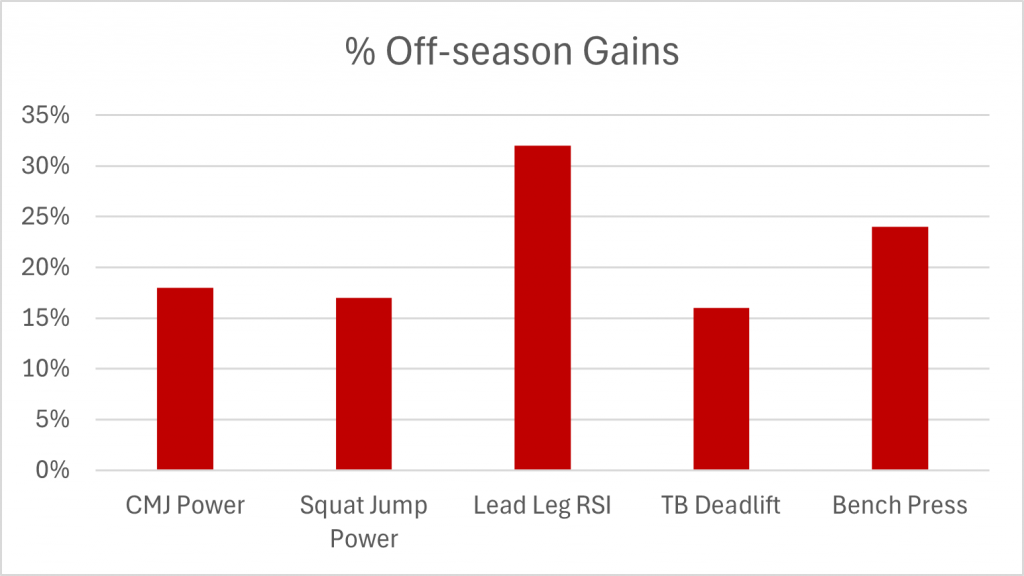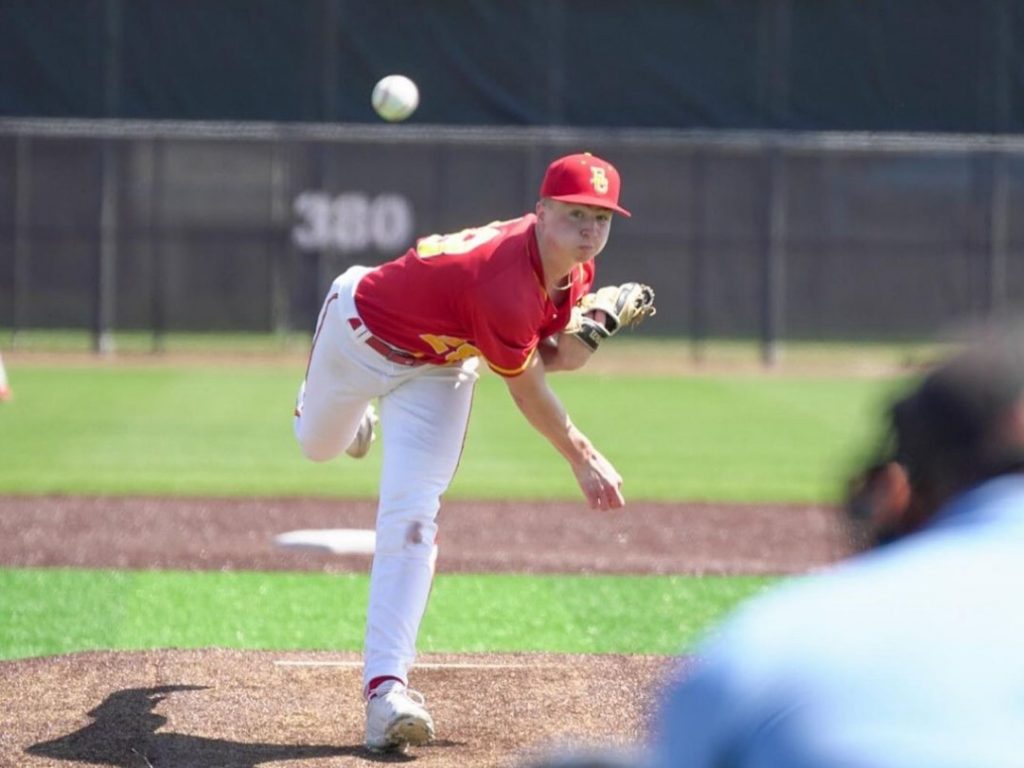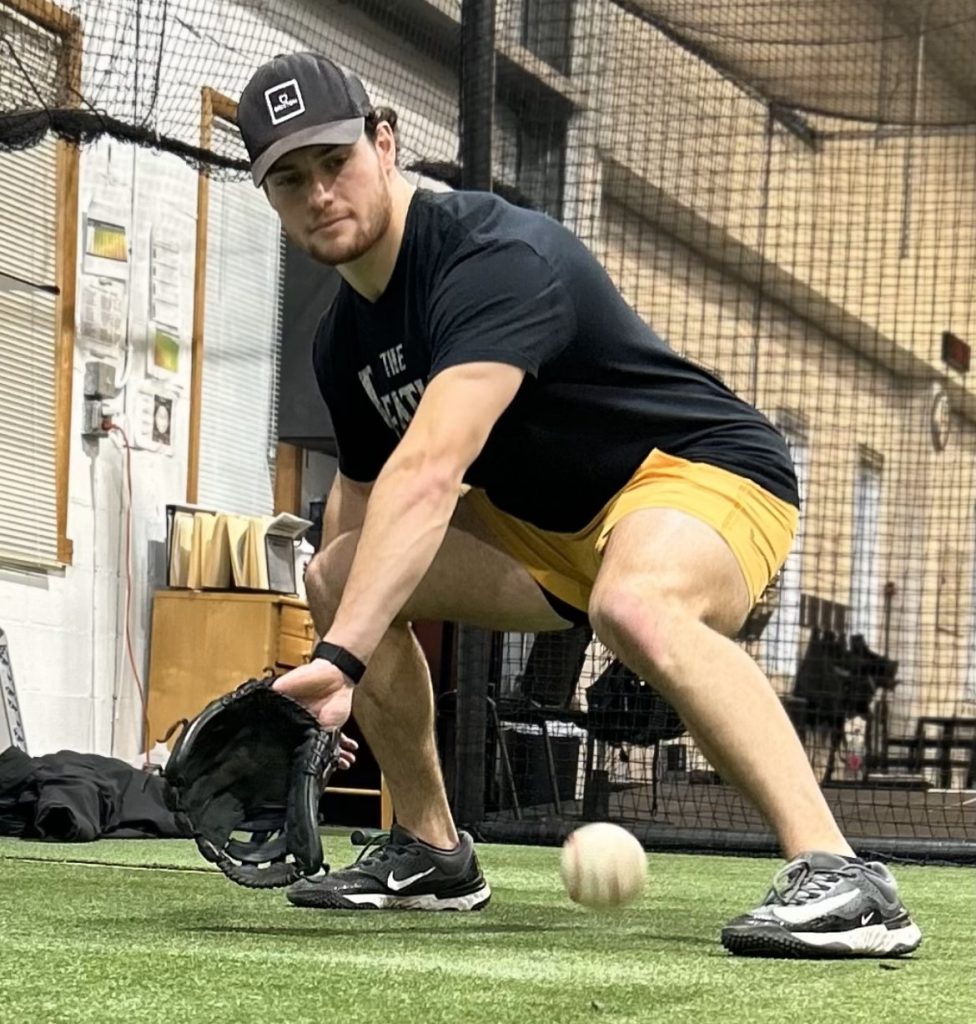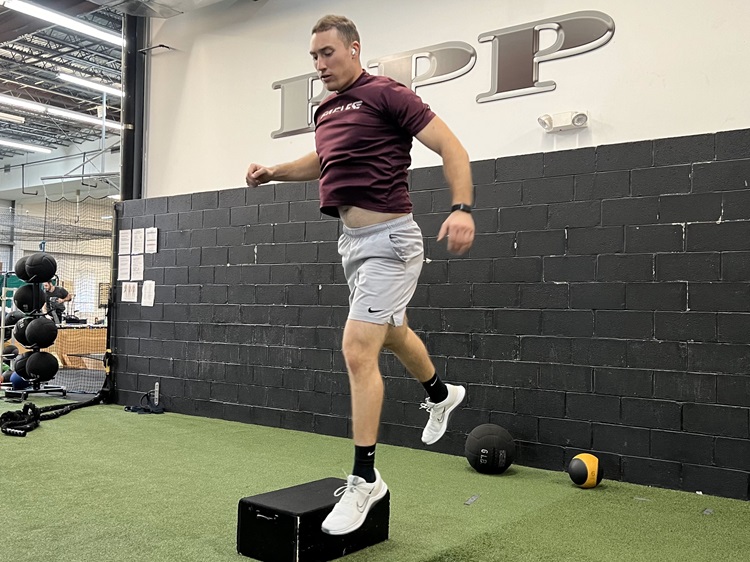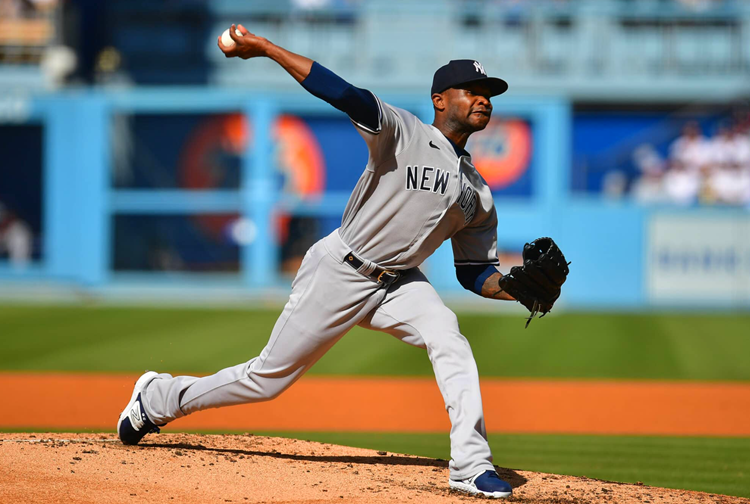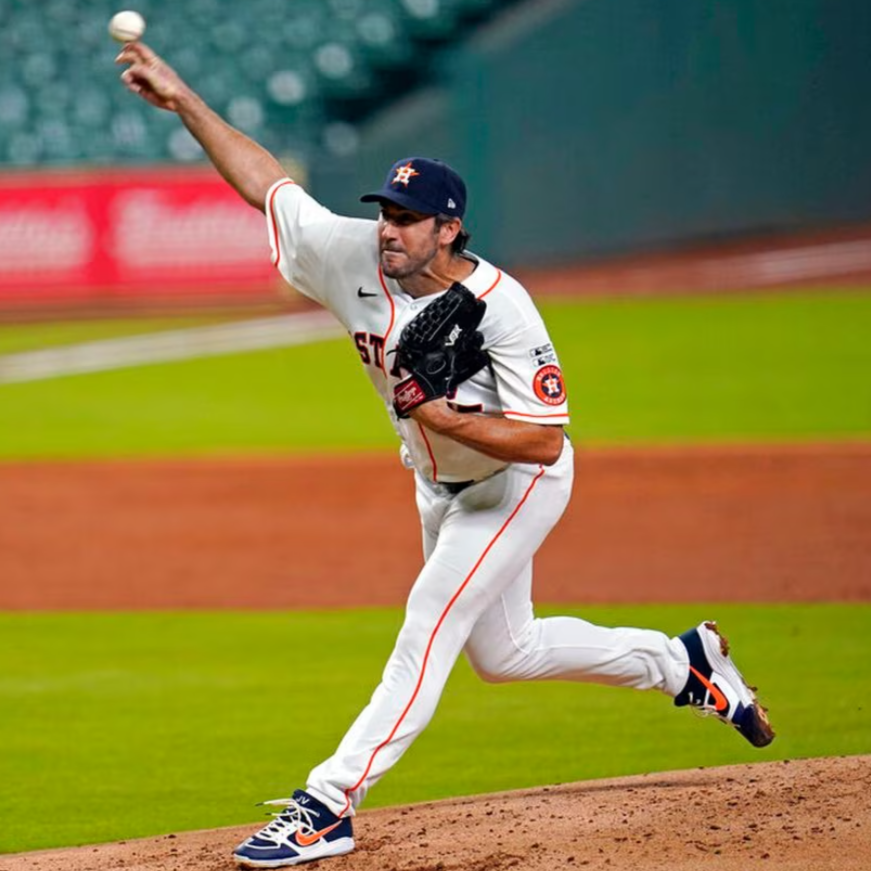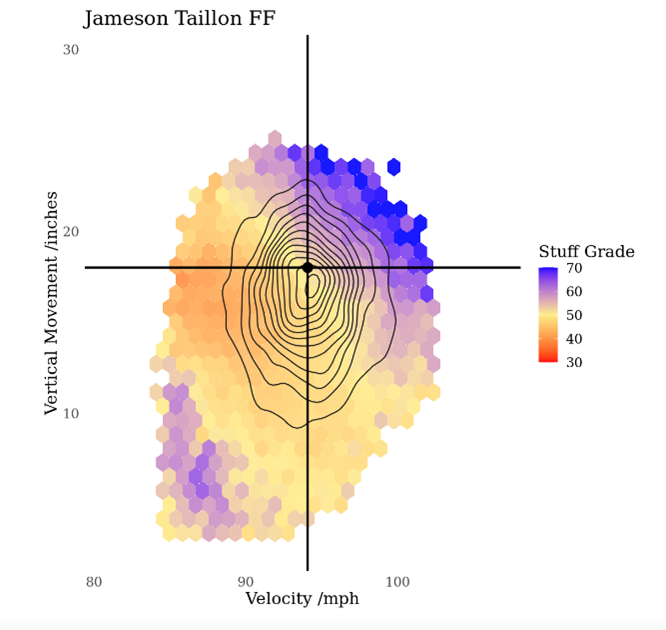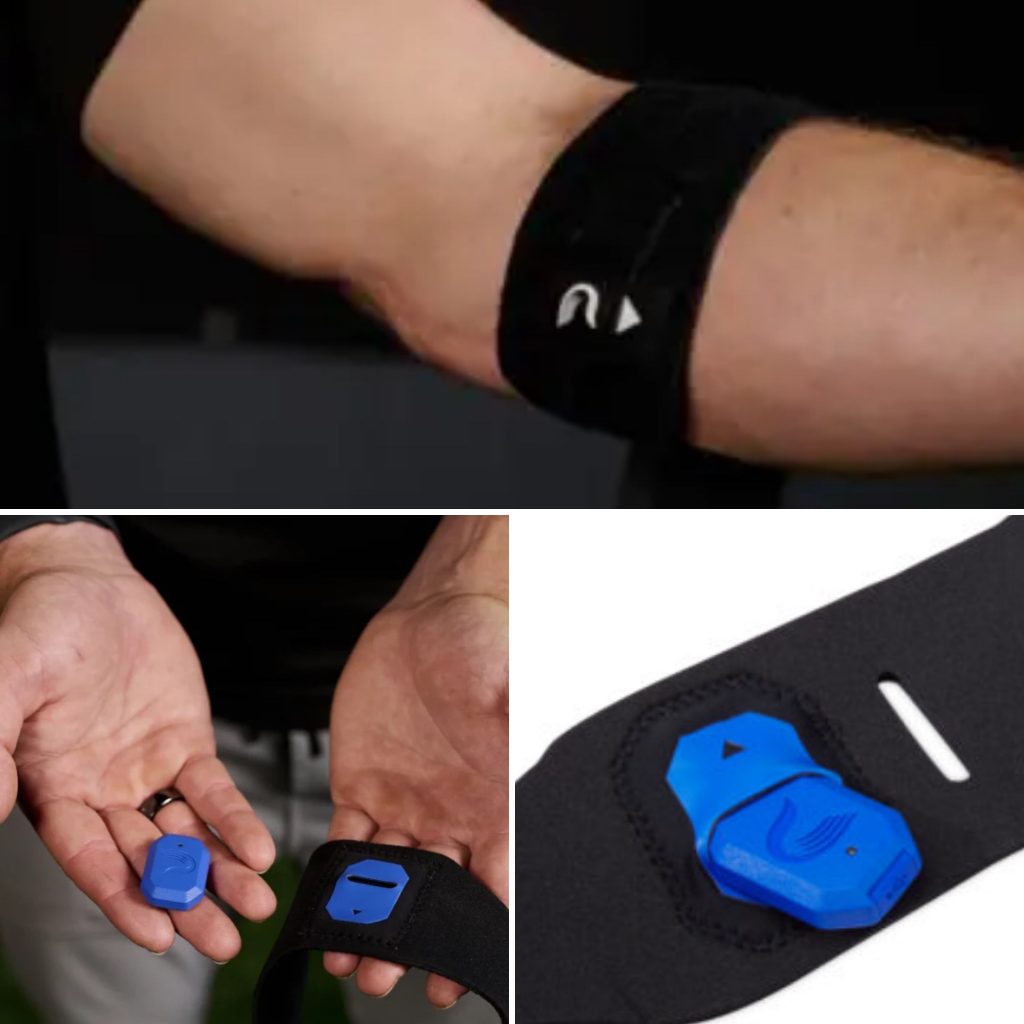
With injuries on the rise in baseball, implementing a workload management system is a great way to help develop pitchers and mitigate injuries. Workload is a general term used to describe how much stress is being placed on a pitcher’s arm during both a throwing session and over a period of time (as in a week or month). Such a system can also be helpful in a variety of other ways, including:
Continue reading “Workload Management for Pitchers w/ Case Studies”

